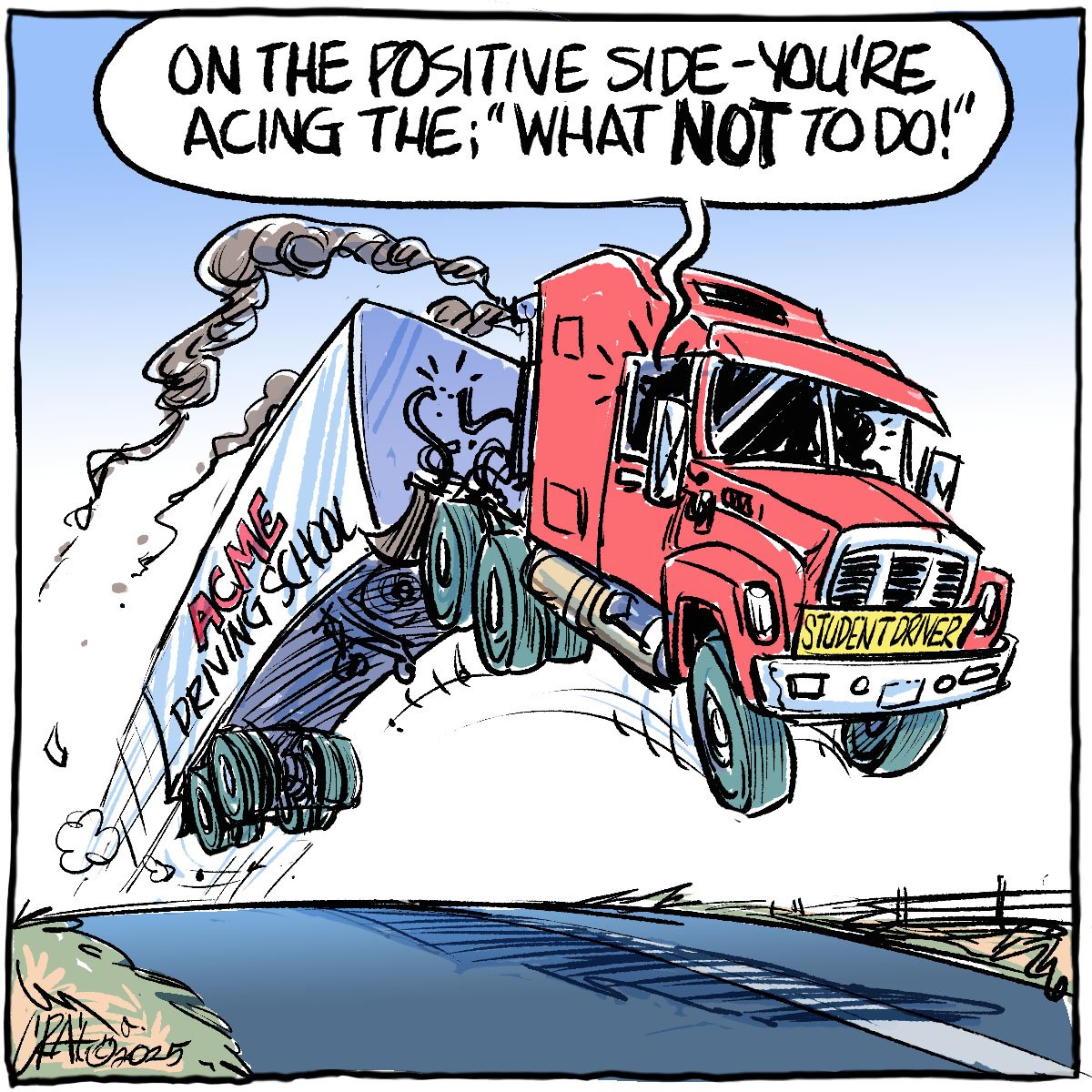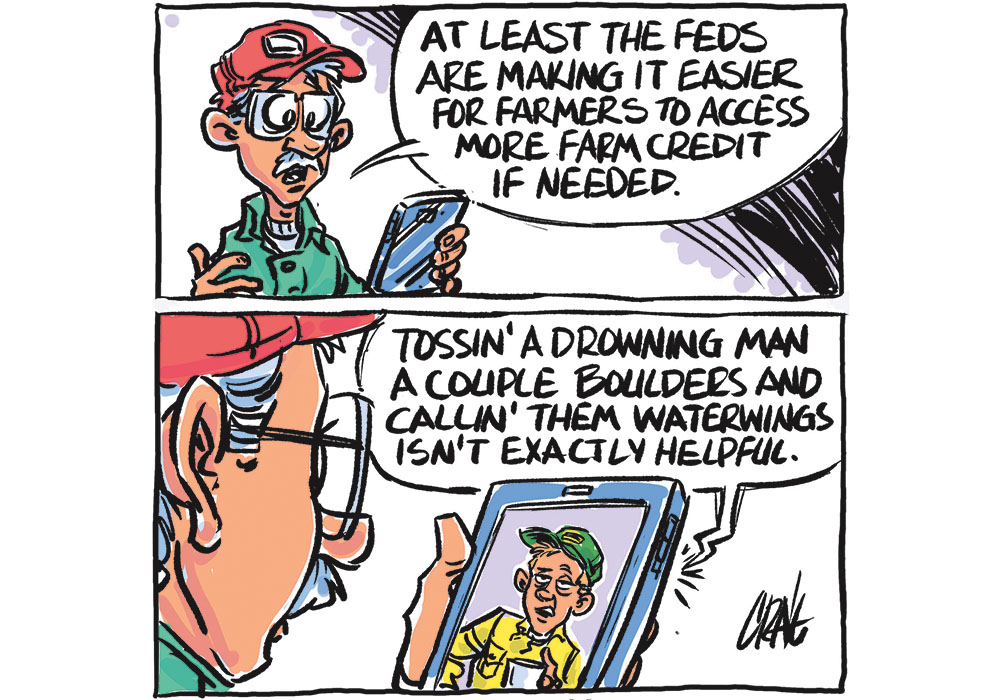Farm groups’ reaction to the federal government’s plans to deal with the COVID-19 crisis has so far been positive, but without exception they note that these one-time measures do not address the underlying financial situation of agriculture in Canada.
It’s a message the Liberal government is going to continue to hear until it takes action on the decline of business risk management programs, which have lost popularity with farmers because many feel they do not offer enough upside to cover their risk.
To deal with the COVID-19 crisis, Farm Credit Canada has been given $5 billion to increase its lending, which means it will be able to lend up to 50 percent more this year.
Read Also

Efforts to improve trucking safety must be applauded
The tragedy of the Humboldt Broncos bus crash prompted calls for renewed efforts to improve safety in the trucking industry, including national mandatory standards.
Canadian Federation of Agriculture President Mary Robinson said it is “wonderful to see this $5 billion announced for FCC to help alleviate some of the cash crunch.”
FCC has said the extra funding is intended to help farmers get on with spring planting, not as a long-term investment.
And while this is indeed good news, the Liberals’ election plan included a promise to increase FCC’s capital lending capacity by $5 billion a year.
The details include a deferral of principal and interest payments for six months, or a deferral of principal payments up to 12 months. There will also be access to a 24-month line of credit of up to $500,000 at prime plus one percent.
Considering there are about 61 million acres of crop land in the Prairies, and allowing for a conservative estimate of $200 per acre of input costs, producers are about to spend at least $12 billion getting the seeds in the ground, fertilizing and spraying by July. The reaction from many farmers has been a collective sigh at the possibility of accumulating more debt, since realized net farm income fell by 45 percent in 2018 and farm debt sat at more than $106 billion, up from $84 billion in 2014.
Still, provided the supply chain for seeds, fertilizer, chemicals and spare parts for equipment remains intact — and so far it has — the extra money from FCC should help farmers to get their crops in the ground and growing.
And this spring, there is room for optimism because the moisture content in most areas of the Prairies is normal or above normal.
And although three million acres of unharvested crops from last autumn are no reason to celebrate, those crops will provide some money for producers, even if it will be nothing like what would have come in if those fields were harvested last autumn.
Producer groups were also relieved to hear that temporary foreign workers — more than 50,000 each year — will still be allowed into Canada provided they undergo a two-week isolation period.
Late last year Agriculture Minister Marie-Claude Bibeau said changes to business risk management programs would likely be announced in July, during a meeting of the provincial ministers. It’s not clear whether that review is still ongoing, given the current crisis.
It needs to. Agriculture contributes more than $40 billion annually to the nation’s gross domestic product.
Exports from the agri-business sector are identified for growth with a target of $85 billion by 2025 (up from $66.2 billion in 2018), which would make Canada the second-largest agricultural exporter in the world.
When the virus crisis is behind us, Canada will be counting on agriculture to play an important role in economic recovery. Farmers who are handcuffed by debt and hesitant to take risks due to inadequate business risk management programs won’t get us there.
Karen Briere, Bruce Dyck, Barb Glen, Brian MacLeod and Michael Raine collaborate in the writing of Western Producer editorials.















